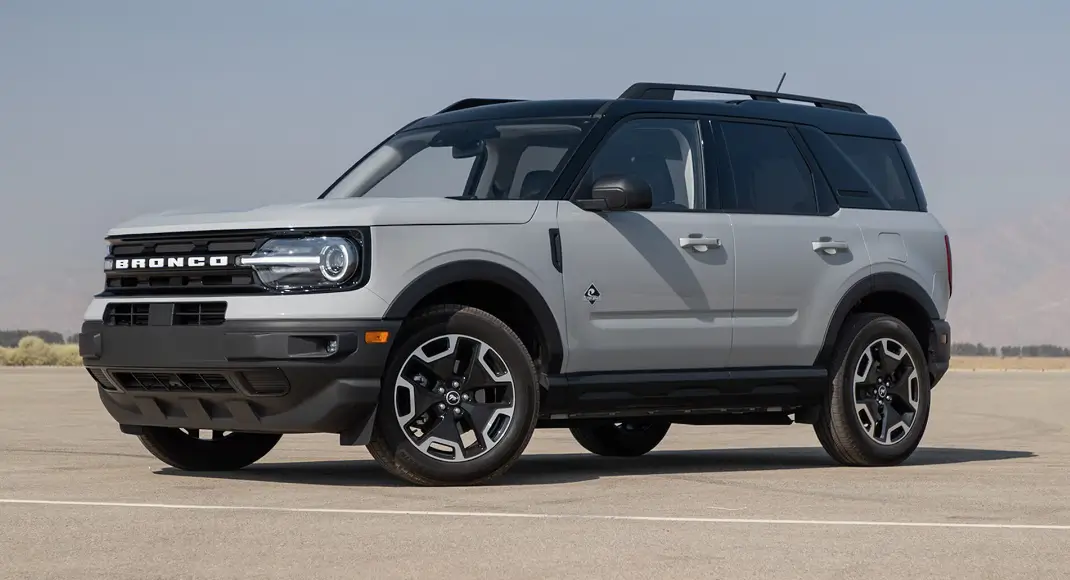On a brisk autumn morning in 2023, Tom, a proud owner of a 2022 Ford Escape, was about to leave for work when his vehicle’s dashboard suddenly lit up with a “seek service” message. Unbeknownst to him, this warning was the result of a potential fuel leak, a serious issue that could lead to an underhood fire.
This wasn’t just an isolated incident but a symptom of a broader, potentially dangerous problem affecting over 42,000 Ford SUVs, leading the National Highway Traffic Safety Administration (NHTSA) to question the adequacy of Ford’s recall strategy.

Is Ford’s SUV Recall Adequate? NHTSA Raises Concerns (PDF)
The Recall in Question
At the start of the year, Ford announced a recall that impacted the 2022-2023 Bronco Sport and 2022 Ford Escape models, all fitted with 1.5L engines. The crux of the problem was identified as a potential flaw in the fuel injectors, which could crack and leak, significantly increasing the risk of an engine fire. Ford’s approach to address this issue involved updating the engine control software and adding a new drainage system. However, this plan stopped short of replacing the potentially flawed injectors themselves, raising questions about the long-term effectiveness of their strategy.
NHTSA’s Safety Concerns
NHTSA’s response to Ford’s recall plan was less than reassuring. The agency expressed “significant safety concerns,” stating that the proposed measures do not tackle the “root cause” of the leaks. The agency fears that without replacing the faulty injectors, the problem might recur, putting drivers like Tom and many others at risk of fire incidents. In a letter made public, NHTSA has asked Ford to answer extensive questions about the recall by a specified deadline, pushing the automaker to reconsider their strategy.
Under the Hood: What Ford Proposed
Ford’s strategy involves a software update that detects a drop in pressure in the fuel rail. This update would trigger a warning message to the driver and disable the high-pressure fuel pump. This action is intended to reduce the engine’s power output and lower the temperatures of possible ignition sources. While this sounds reassuring, the issue remains that the actual hardware fault—the cracking fuel injectors—are not being directly addressed for replacement before they might fail.
Ford’s Response to Safety Queries
Amid mounting safety concerns, Ford has reiterated its dedication to vehicle safety, confirming its collaboration with NHTSA to thoroughly address the investigation’s demands. The company emphasized that, thus far, there have been no incidents of accidents or injuries connected to this defect. However, the substantial number of vehicles involved in the recall—vehicles that have encountered similar problems in the past—underscores the persistent nature of this challenge, one that Ford is under pressure to definitively solve.
Past Incidents and Ongoing Concerns
This isn’t the first time Ford has dealt with such issues. In 2022, nearly 522,000 Ford Escape and Bronco Sport vehicles from 2020-2023 model years were recalled for a similar issue with the same remedy. Ford reported 54 incidents of underhood fires in North America and four injuries across two incidents, which shows the potential danger and severity of the defect.
Conclusion
As Ford navigates through this challenging recall process, both the automaker and NHTSA are in a race against time to ensure the safety of thousands of drivers. With a proactive approach still in question, it leaves the public pondering—will the measures taken be enough to prevent any future hazards effectively?
What do you think—should Ford replace all potentially faulty injectors to guarantee safety?




